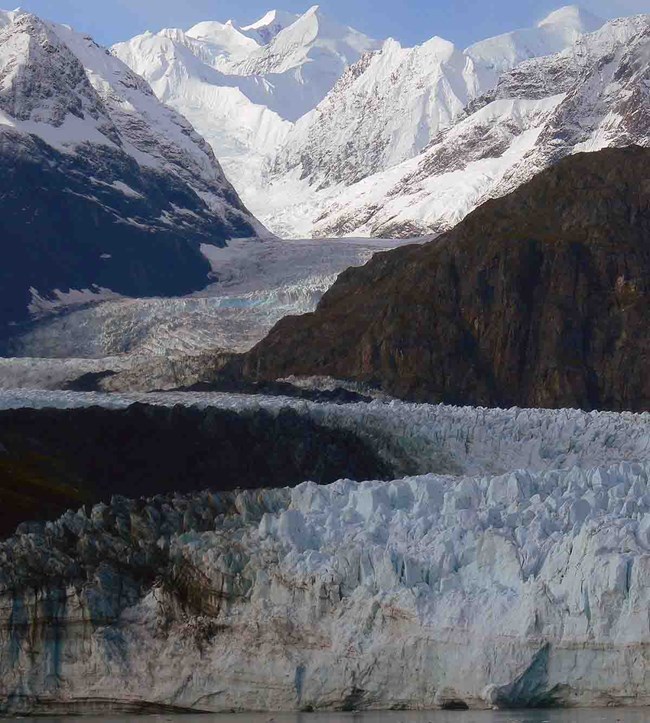
Sensitive to seasonal variation in temperature and precipitation, glaciers are excellent indicators of regional and global climate. More than 50 glaciers cover 48% of the Glacier Bay National Park and Preserve's terrestrial area. Glaciers continue to shape the park’s dramatic scenery, topography, and landforms while providing billions of gallons of freshwater to a pristine glacial fjord ecosystem. Even seemingly subtle changes in glacial dynamics can have far-reaching consequences, through changes in hydrology and runoff patterns, degree of ocean stratification, carbon delivery, and capacity of the system to buffer against ocean acidification.
An initial inventory of glaciers in Alaska’s parks was completed; otherwise, this vital sign is in the process of development. To learn more, check out the science exploration of the outer coast of Wrangell-St. Elias and Glacier Bay national parks and preserves.
Contact: Andrew Bliss and Michael Loso
Last updated: February 29, 2024
